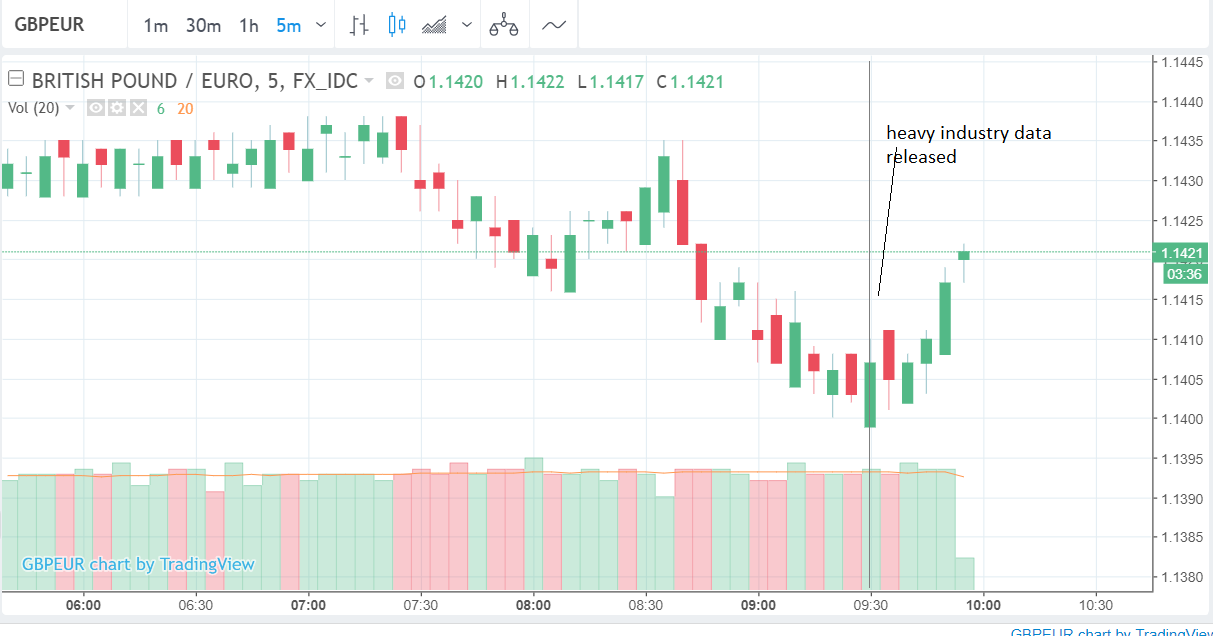Mixed March Industrial Data Cements Negative View of UK Economy
- Manufacturing and construction sectors decline in March
- Industrial production rises marginally
- Data reinforces slow first quarter view, says economist

© moonrise, Adobe Stock
The UK's heavy industry sector showed mixed results in March, according to data released by the Office of National Statistics (ONS) on Thursday.
Manufacturing production declined by -0.1%, which was less than the expected -0.2%; construction output fell by -2.3% which was more than the forecast -2.1%, and industrial production rose by 0.1%, which was in line with expectations.
The data suggests the recovery in the manufacturing sector has stalled, with the slowdown likely to be partly weather-related; manufacturing output fell sharply during previous periods of heavy snow in January 2010 and December 2010.
Although construction data showed a worrying decline, the negative result was somewhat offset by the fact that February's data was revised up from -1.6% to -1.0%.
The Pound actually traded higher against the Dollar after the release of the data, trading at 1.3560 up 20 basis points from a pre-release 1.3540 versus the Dollar.
Sterling also rallied versus the Euro, rising to 1.1421 from a pre-release 1.1404.

The Pound's offbeat rise may have had something to do with traders positioning ahead of the Bank of England (BOE) rate meeting at midday since commentators appeared non-plussed by the data.
"Today’s activity figures did little to support suspicions that the overall economy grew a bit more quickly than the Q1 GDP figures suggest," says Ruth Gregory UK economist at Capital Economics.
"Although construction output was revised up in January and February, it still fell by a hefty 2.7% on the quarter. As a result, the sector is still estimated to have subtracted 0.2pp or so from GDP growth in Q1. Meanwhile, the recovery in the manufacturing sector appears to have stalled," adds Gregory.
Get up to 5% more foreign exchange by using a specialist provider to get closer to the real market rate and avoid the gaping spreads charged by your bank when providing currency. Learn more here.




